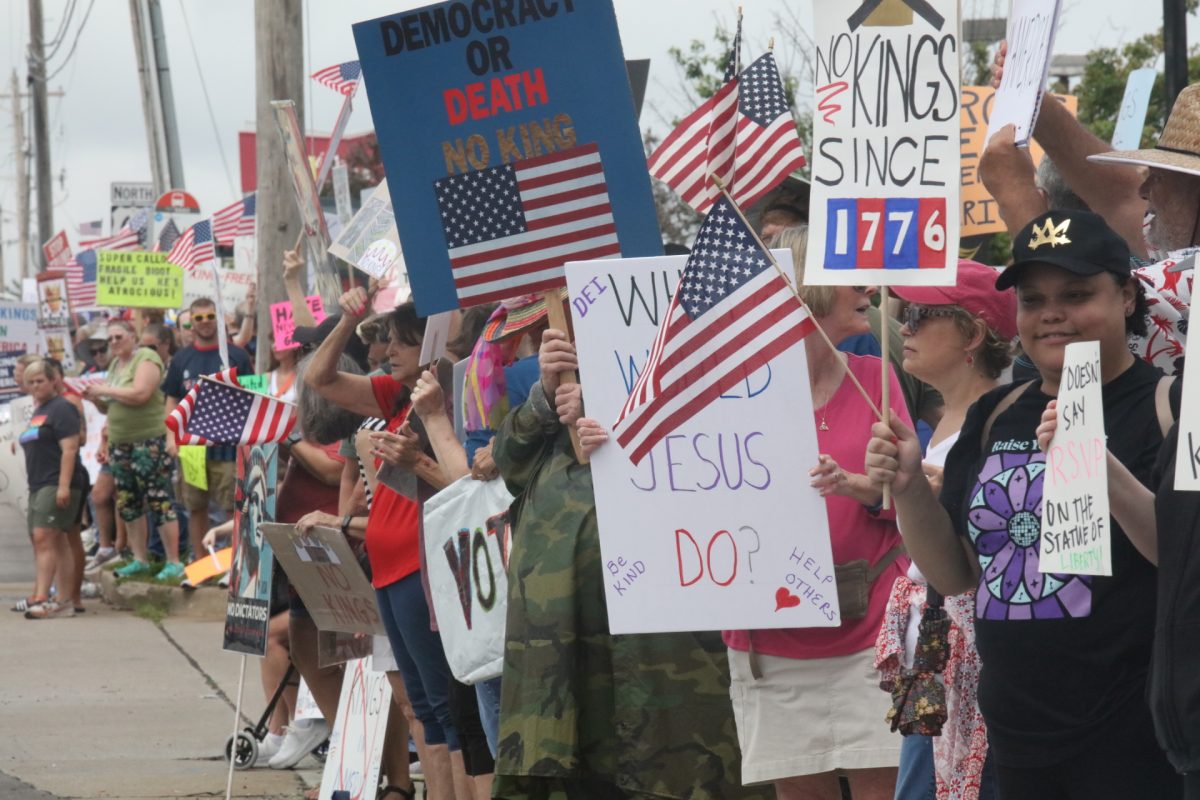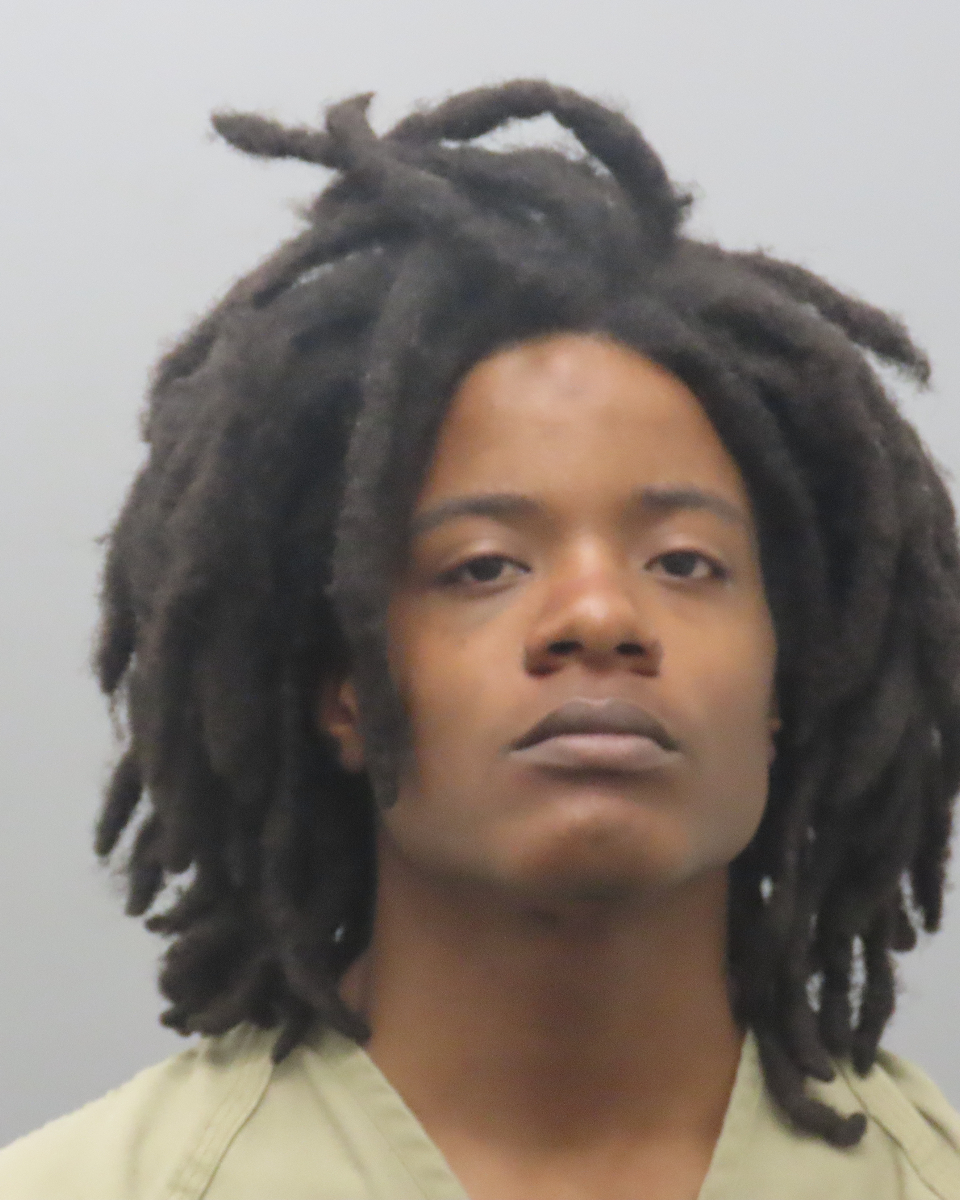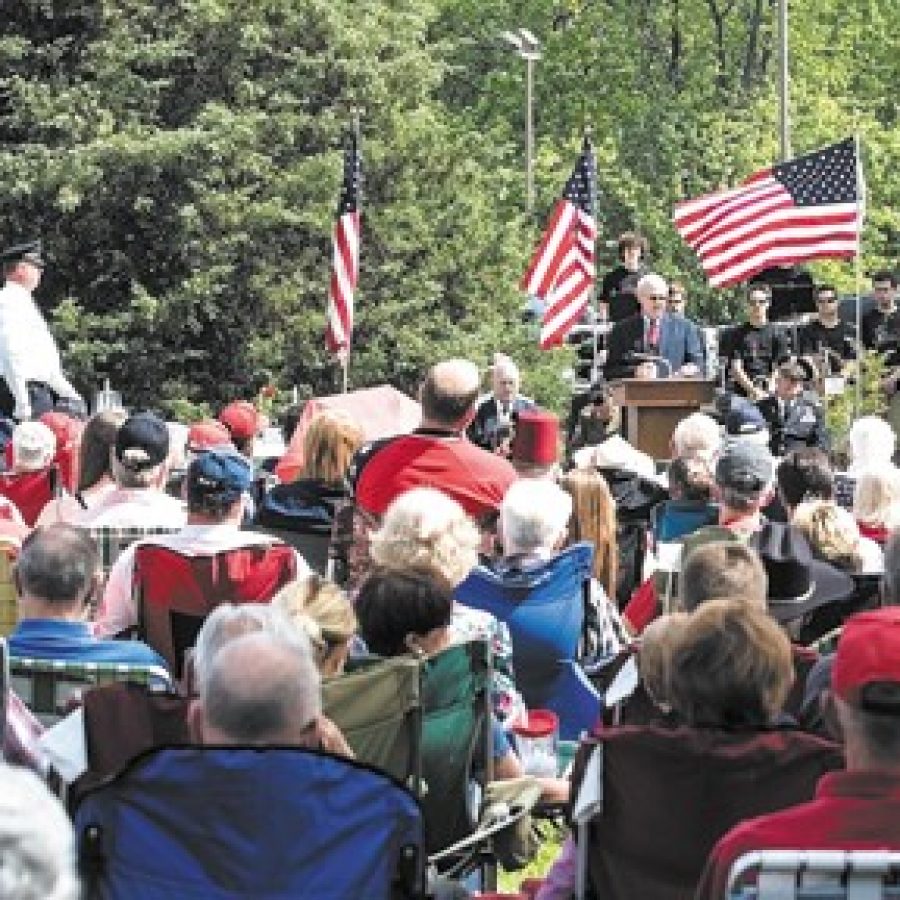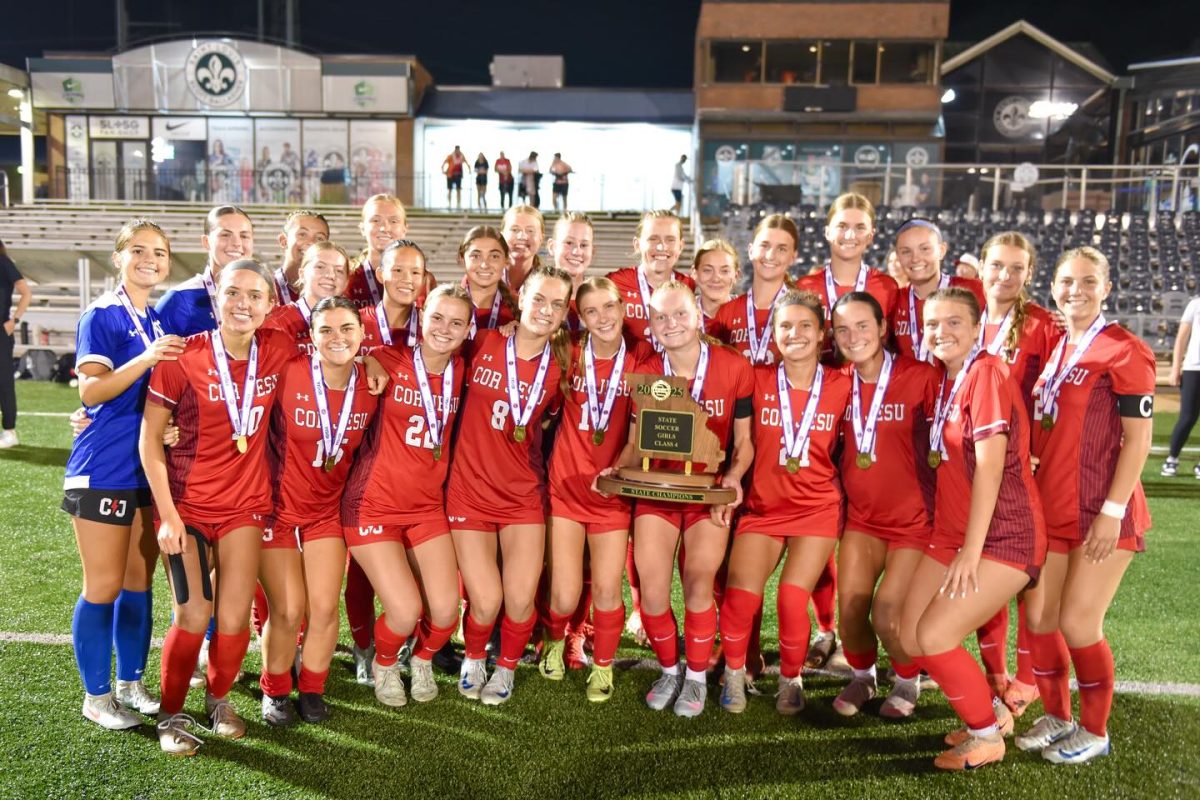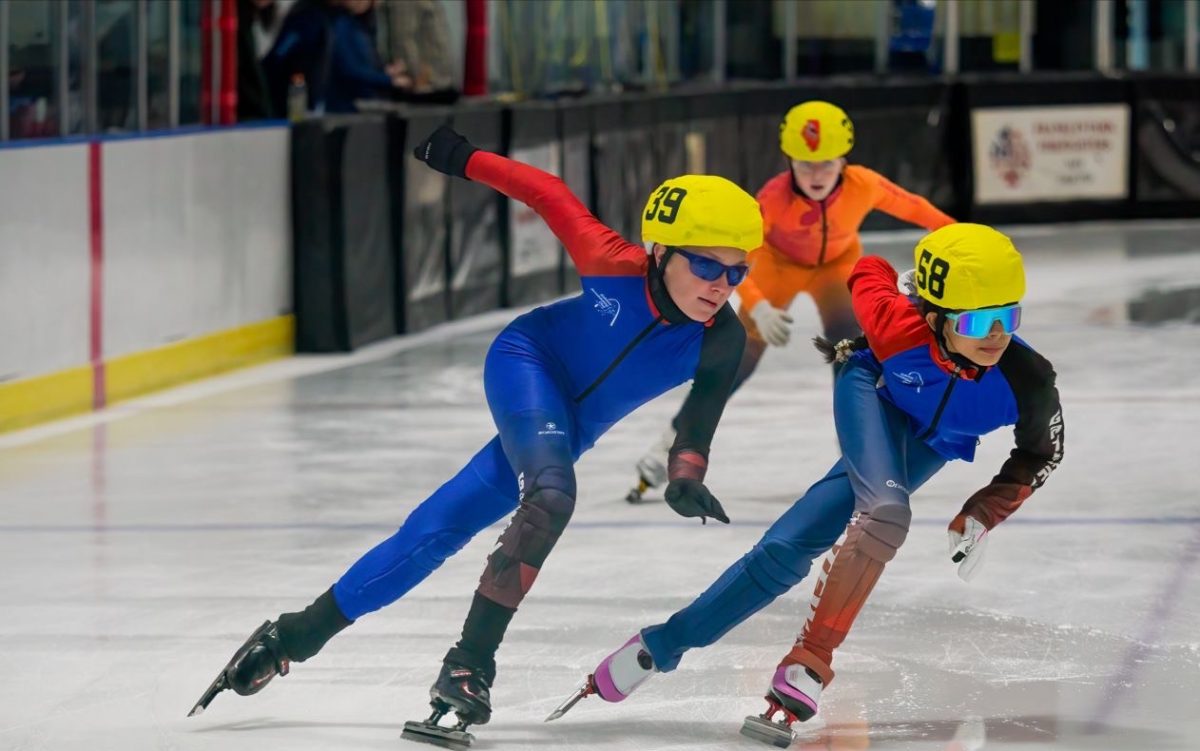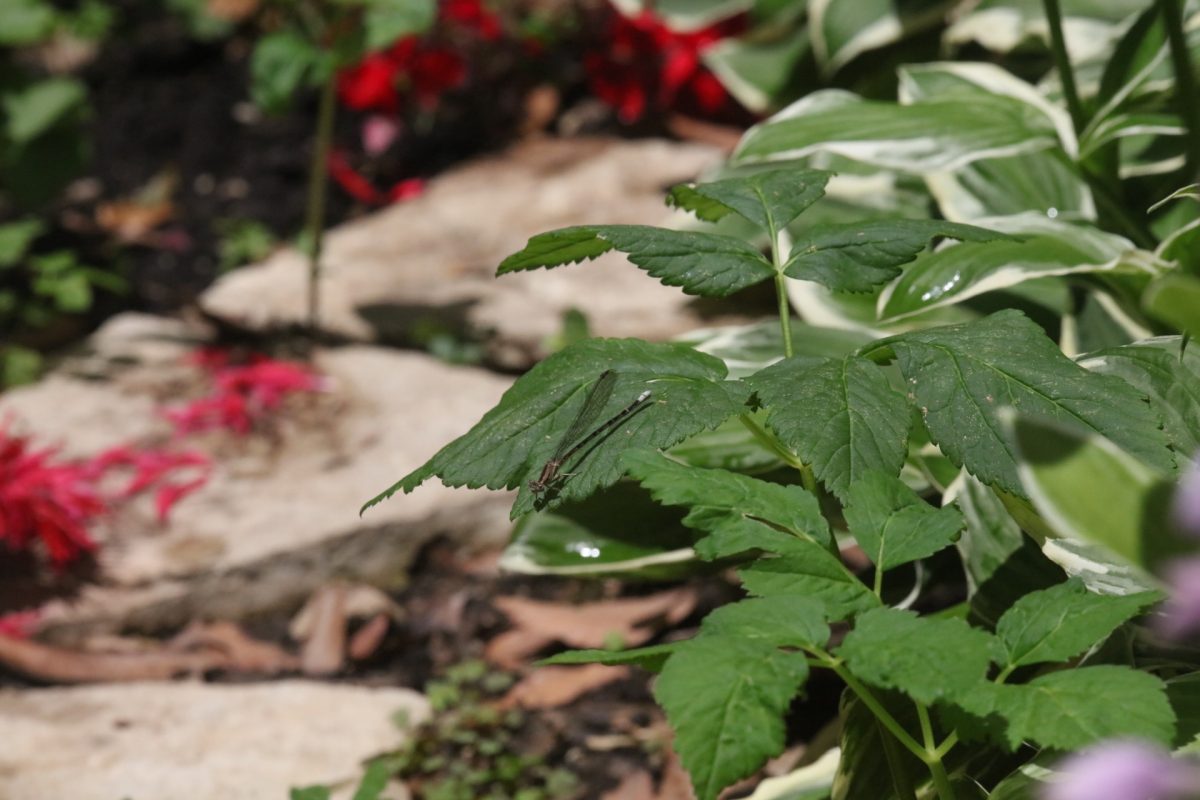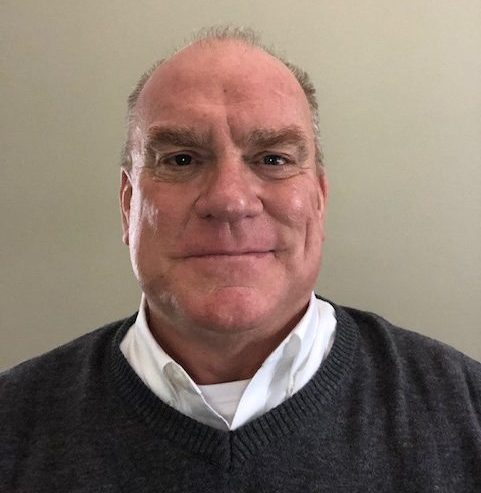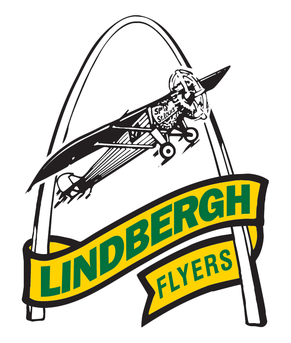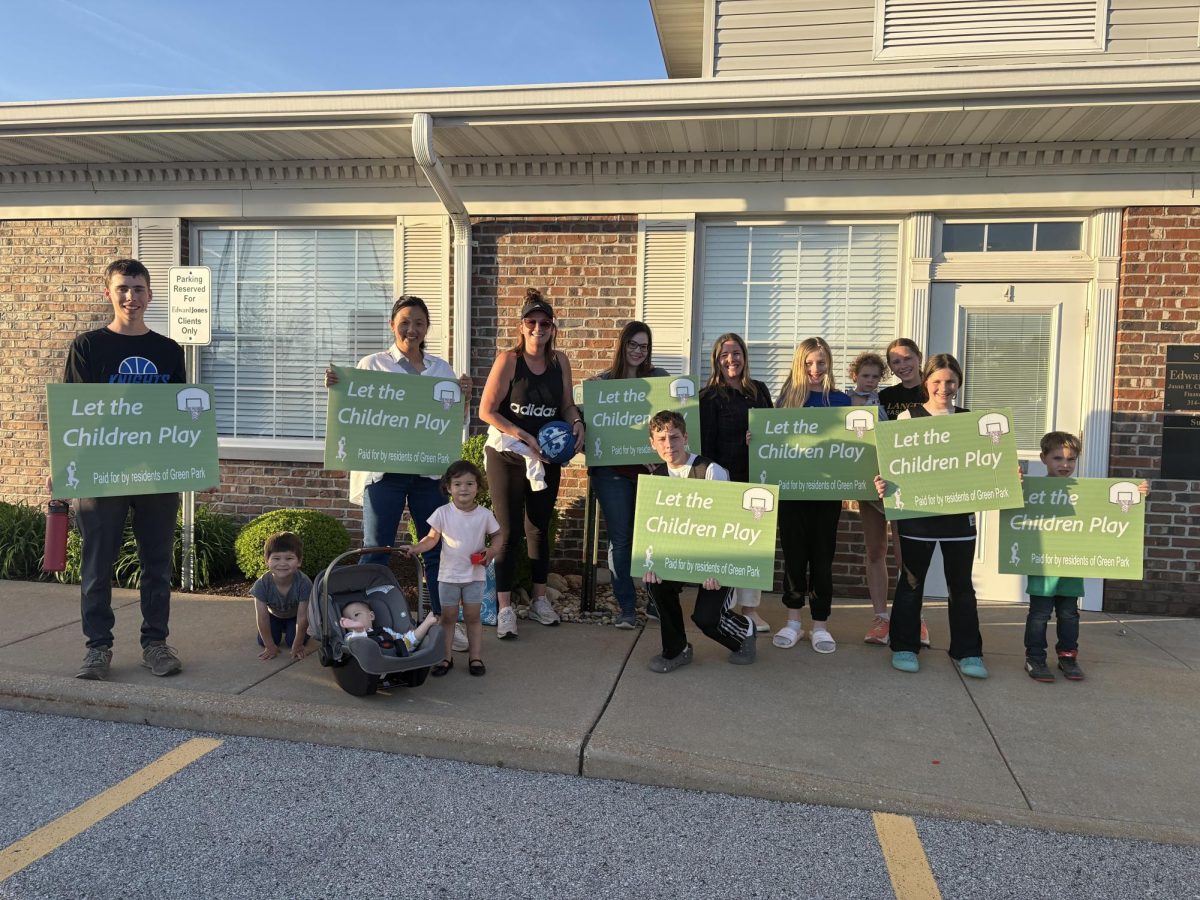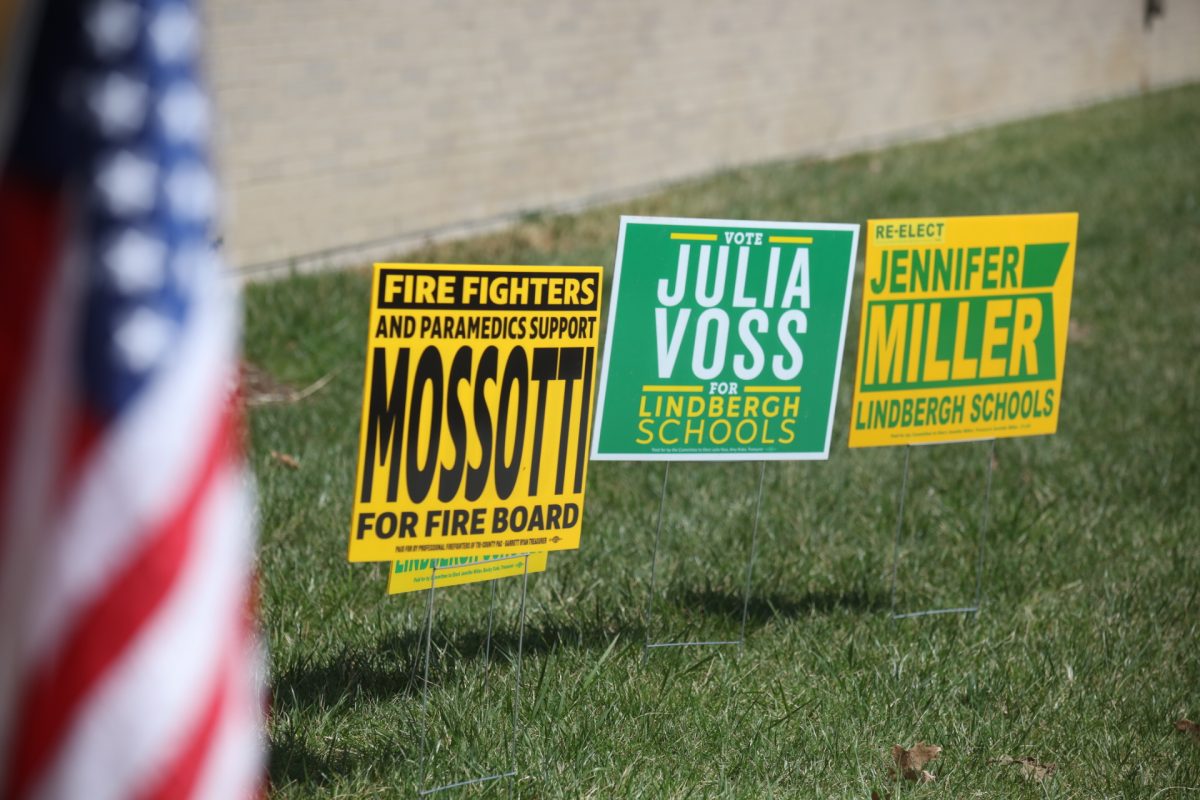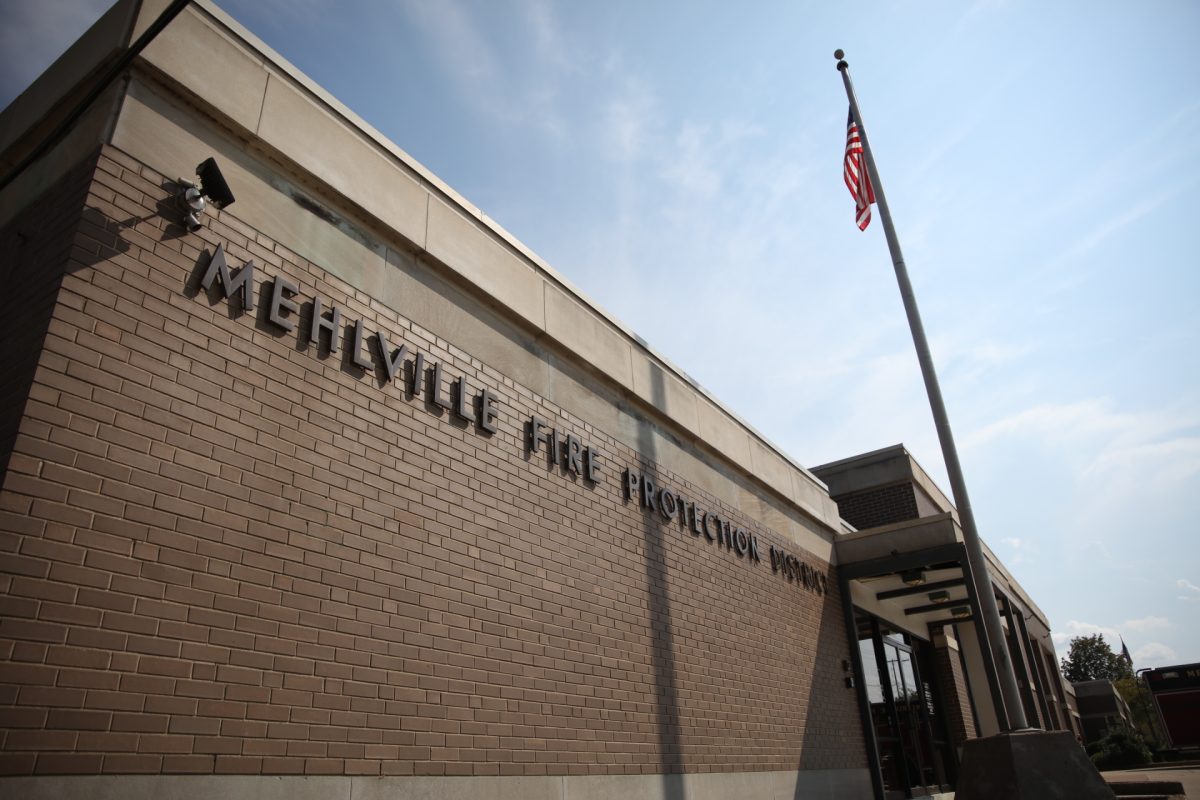Mehlville School District Superintendent Chris Gaines gave his sixth annual State of the District address this year, although the presentation looked a bit different than previous years due to the COVID-19 pandemic.
“It’s a little bit different (this year),” said Gaines in a State of District video the district released Sept. 15 in lieu of his usual in-person address. “If we were in the auditorium, I’d probably have lots of slides and I’d probably talk for 30 minutes to an hour. But I’m gonna try to keep it brief.”
Just like this year’s State of the District, school itself also looks different after Mehlville opted to begin the school year virtually in August at all grade levels due to the COVID-19 pandemic. Preschool through second-grade students returned to classrooms starting Sept. 22 under the district’s blended/hybrid learning plan that combines in-classroom learning with virtual instruction. The district was preparing to welcome back remaining elementary students and all middle school grade levels after press time, also in blended learning.
Much of Gaines’ address focused on the work the district did last year gathering feedback from district residents, parents and students on what they would like to see in the next iteration of the Mehlville Strategic Plan, which is planned in five-year cycles and is currently on its sixth year. The Board of Education will review the next iteration of the plan in early 2021 for approval.
The district adapted the Board of Education listening sessions during the 2019-2020 school year as a series of “Mehlville Listens” events to gather input through a combination of surveys and inperson
meetings to build the next phase of the strategic plan.
“Last year we spent a lot of time … engaging the public with listening sessions and some town halls, really trying to get a sense of what the community wants in … our strategic plan,” said Gaines. “What we heard over and over again was safety in our schools was a very top theme. … The second thing we heard a lot of … was the idea of personalization.”
The groundwork for the district’s first-ever strategic plan was first set out in fall 2014 under interim Superintendent Norm Ridder, before it was formally adopted by the school board in February 2015. That version of the plan sought feedback from residents through scientific phone surveys.
In tandem with gathering feedback on the strategic plan last year, the district reviewed facilities, ahead of a possible bond issue next spring.
A Facilities Steering Committee comprised of nearly 40 parents, teachers and community members, spent the past two years touring 18 of the district’s 19 facilities, prioritizing future needs based on the tours, as well as surveys of teachers, parents and students from each school.
At the conclusion of the committee’s work, more than $237 million worth of facilities projects were identified, with that list narrowed down to $35 million in priorities that could be funded by a possible 12-cent bond.
In August, the Board of Education declined to take a vote to place a bond issue on the ballot for the Nov. 3 election, citing concerns about the economic impact of COVID-19. But they left the possibility open for the bond issue to be placed on the April 6, 2021 ballot instead.
“That (bond issue and strategic plan update) was our plan — we were doing all that, we were working on that and then in March, COVID hit, we shut down for the year, so the end of the year was a little bit different but we were able to meet by Zoom and still get a lot of stuff done,” said Gaines in the State of the District video. “Because of the pandemic, it’s kinda been this constant pivot.”
Despite the challenges the district faced with the sudden pivot to virtual learning in March, Gaines highlighted the district’s advantage because it already had 1:1 laptops and technology for all students.
“What we found during the pandemic is we’ve had some good systems in place that have helped us move forward. Being K-12 1:1 was a huge advantage going into the pandemic,” Gaines said. “We also know that we have to continually improve those systems, and that’s work that goes on.”
The district also unveiled “Mehlville@Home” this year, an entirely virtual schooling option for families who may not feel comfortable sending their children to inperson school during the pandemic.
“Hopefully as the pandemic wanes, we return more folks to school but … we’re going to continue to keep Mehlville@Home as a standalone virtual school as an option for our families and students into the future,” said Gaines. “It’s also making us rethink: What does a student being absent look like and can we continue to deliver content to a student during an extended absence?”
This year will also be the first year that the Missouri Department of Elementary and Secondary Education, or DESE, will allow “virtual snow days,” which means that while students may not be able to make it to school due to inclement weather, the school day can still be done at home that day, so make-up snow days will not be an issue.
“We think we’re very well prepared for that. We got the plan approved by the state and snow days are gonna look different into the future,” said Gaines. “At least we can use some of these virtual, blended learning experiences that we’ve had over the many months.”
In the near term, Gaines said that Mehlville is going to continue to expand its academy concept at its middle schools as well as expand the personalized highschool learning experience MyPath into lower grade levels. MyPath is the district’s program that gives high school students the opportunity to design their own curriculum and classes and even work with professionals in certain industries.
“So lots of changes, thinking about how some of those simple things might work into the future,” said Gaines. “(Personalization) and safety are going to drive the next iteration of our strategic plan that we hope to finish early 2021.”



